

Daggers – Timeless Blades of Precision, Power, and History
Daggers are among the oldest and most enduring weapons in human history. From ancient ceremonial artifacts to practical tools of war and self-defense, daggers have evolved across cultures and eras, symbolizing power, precision, and artistry.
Historical Significance of Daggers
The earliest daggers date back to the Neolithic period, crafted from flint, ivory, or bone. As metallurgy advanced, copper and bronze daggers emerged in the early Bronze Age. Notably, a dagger found in the tomb of Egyptian pharaoh Tutankhamun was made from meteoritic iron, highlighting the value placed on rare materials in ancient times.
During the Middle Ages, daggers became essential sidearms for knights and soldiers. Designs like the baselard, rondel, and stiletto were developed to penetrate armor gaps, emphasizing thrusting capabilities. In the Renaissance, daggers evolved into ornate symbols of status and were integral to fencing techniques.
Types of Daggers
-
Dirk: A long thrusting dagger from Scotland, traditionally carried by Highlanders.
-
Stiletto: A slender, pointed dagger from Italy, optimized for piercing.
-
Baselard: A 14th-century dagger with a distinctive H-shaped hilt, popular in medieval Europe.
-
Pugio: A Roman dagger used by legionaries, known for its broad blade.
-
Kris: A wavy-bladed dagger from Southeast Asia, often imbued with spiritual significance.
Craftsmanship and Modern Appeal
Today, daggers are appreciated not only for their historical significance but also for their craftsmanship. Collectors and martial artists value hand-forged daggers for their balance, design, and the skill required to create them. Whether displayed as art pieces or used in traditional practices, daggers continue to captivate enthusiasts worldwide.

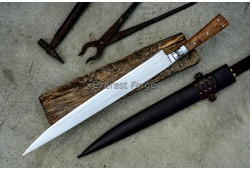
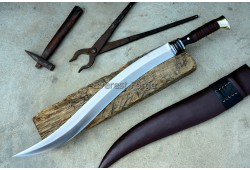
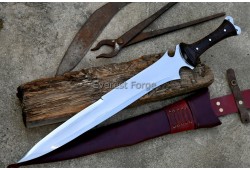
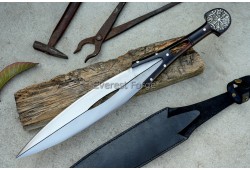

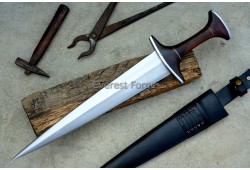
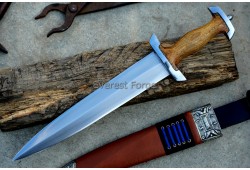
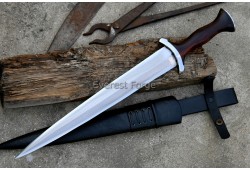
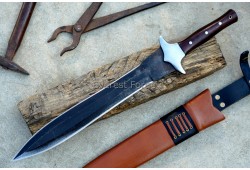

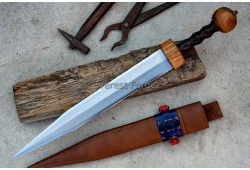


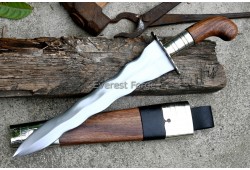
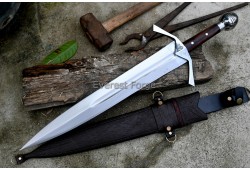



-250x170w.jpg)





